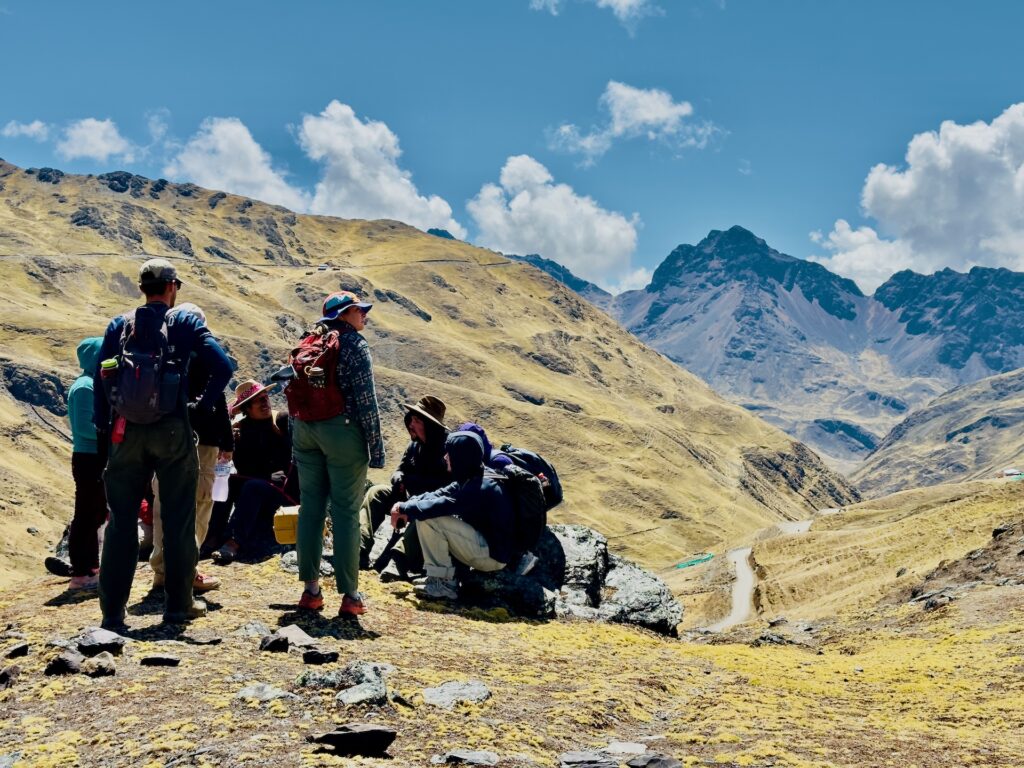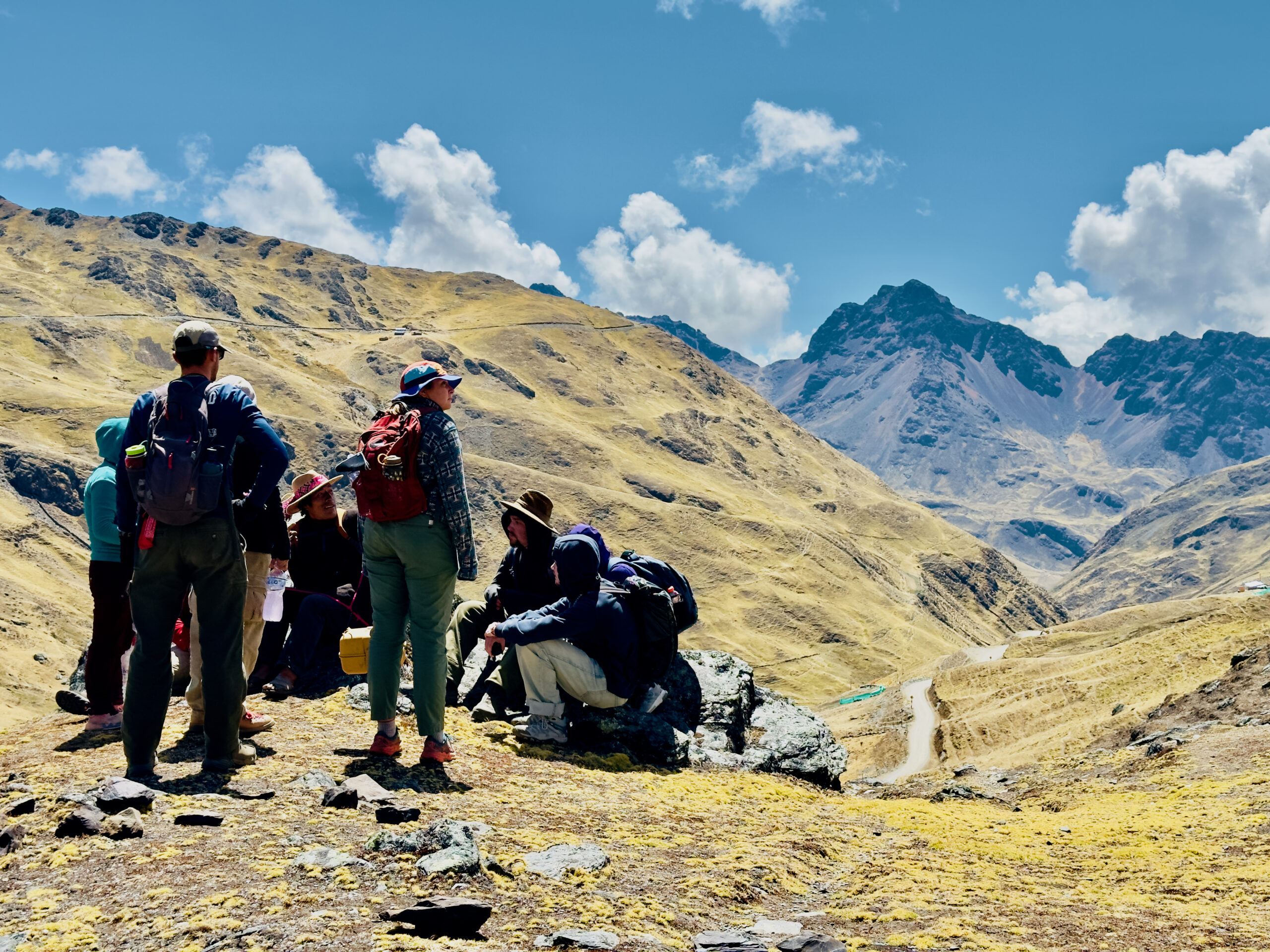Engineers Without Borders USA (EWB) is an organization charged with the mission of literally building a better world. Going to areas which don’t have the infrastructure necessary to sustain basic human needs, EWB teams plan, and then build said infrastructure. It is with this mission in mind that the Stevens EWB chapter has recently gone to Peru to begin their own engineering project.
On August 11, the EWB-SIT travel team landed in the Peruvian mountain city of Cusco. They spent two days getting used to the altitude and an afternoon touring the archaeological site of the Tipón Ruins. Tipón is an archaeological site that proves that the Incan Empire had advanced hydraulic and irrigation systems such as aqueducts and fountains. After these first two days, the team traveled to the rural community of Chua Chua, which is nestled in the Andes mountain range at almost 15,000 feet above sea level and is part of the indigenous Q’eros nation.
The Q’eros are descendants of the Incas, who created the site of Tipón. When the Spanish conquered South America, the ancestors of the people living in Chua Chua survived by retreating into the mountains. There they were safe from disease, invasive species, and the Conquistadors. More on this can be found in a previous article by the Stute published in May before the trip.
The Q’eros people have maintained their living conditions during most of the 400 years since their relocation. However, in recent years due to the changing climate, they have found themselves experiencing very low water retention during the dry season in their winter. EWB’s mission there is to work with the community to build a sustainable solution for this problem.
Once in Chua Chua, the team discussed the water retention issue with the locals and followed that up with taking a survey of the surrounding area. This included soil analysis, prospecting for different water sources, and a land survey. The EWB team spent four days there, during which they will complete a comprehensive report that will form the base of the next stage of the project.
The EWB travel team for this trip consisted of Cole Spitzner (President of EWB-SIT), Ben Knobloch (Vice President of EWB), Meghan Slate (Secretary of EWB), Vince Menichelli (Project Development Lead), and Will Franznick (Fundraising Lead). Upon their return from the community, they took a well deserved break.
The chapter is now beginning the brainstorming process for solutions. One of the problems that was identified is that water tends to dissipate into the soil before it can be used to water crops or be consumed by alpacas (an important part of the Q’eros economy). One of the team’s initial ideas is to build an irrigation channel to carry water from further up-hill down to the village.
However, many discussions have yet to be had, and the entire EWB team will be spending the next school year in a planning phase deciding what should be built, how it will be built, with what materials and when it will be built. Following that there will be a second trip which will be part of the implementation phase of the project. If you’re interested in the idea of creating complex water systems in the Peruvian mountains, and helping out a rural community impacted by climate change, join EWB in their quest to create a modern day Tipón!

Photo courtesy of Ben Knobloch
